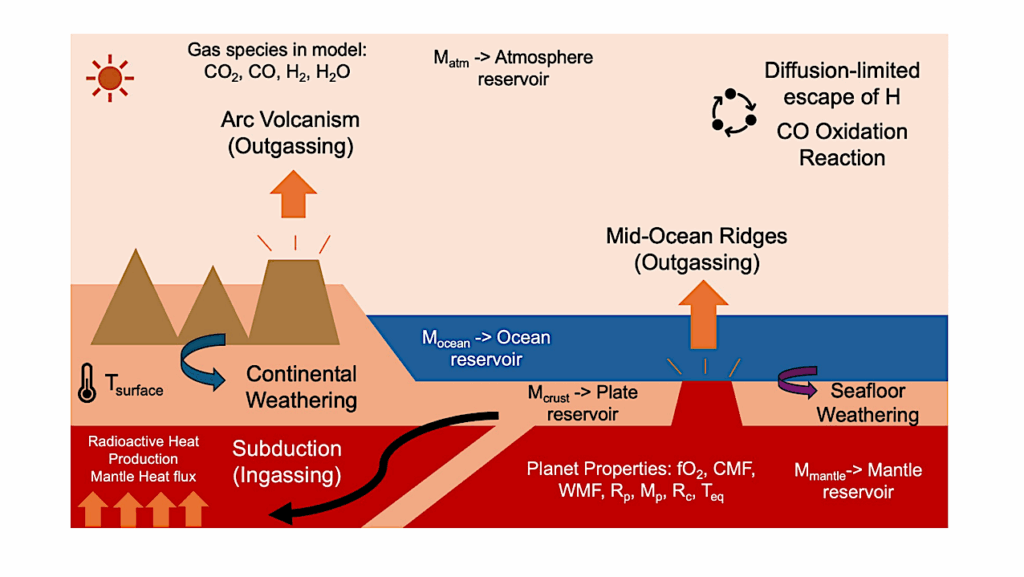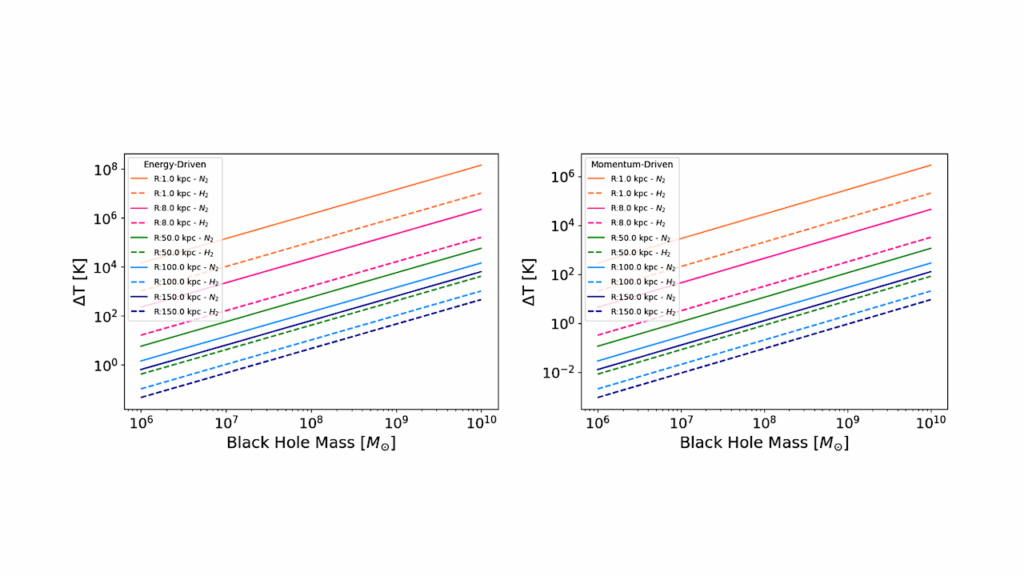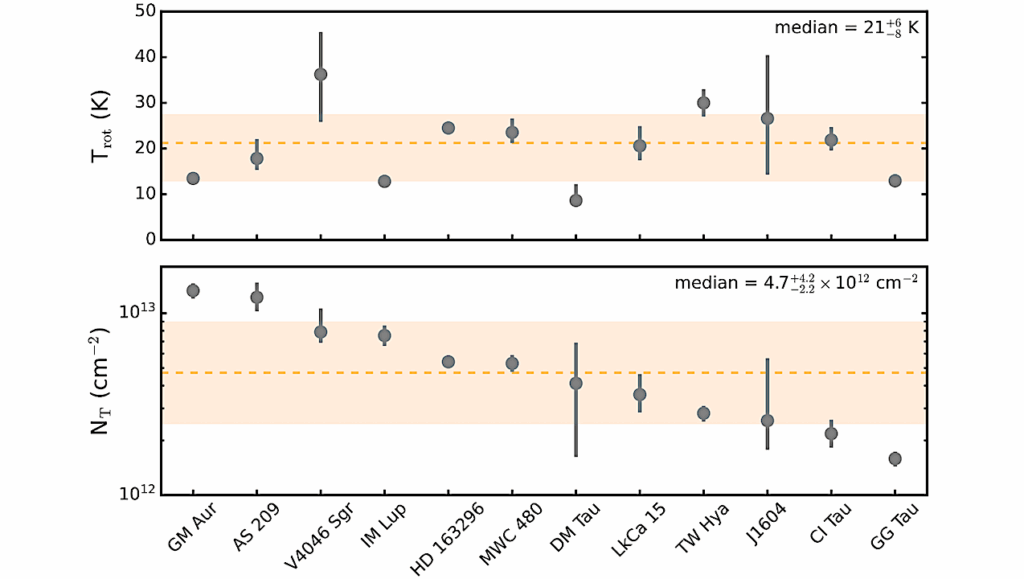3D Climate Modeling of Earth-like Extrasolar Planets Orbiting Different Types of Host Stars

The potential habitability of a terrestrial planet is usually defined by the possible existence of liquid water on its surface.
The potential presence of liquid water depends on many factors such as, most importantly, surface temperatures. The properties of the planetary atmosphere and its interaction with the radiative energy provided by the planet’s host star are thereby of decisive importance. In this study we investigate the influence of different main-sequence stars upon the climate of Earth-like extrasolar planets and their potential habitability by applying a 3D Earth climate model accounting for local and dynamical processes. The calculations have been performed for planets with Earth-like atmospheres at orbital distances where the total amount of energy received from the various host stars equals the solar constant.
In contrast to previous 3D modeling studies, we include the effect of ozone radiative heating upon the vertical temperature structure of the atmospheres. The global orbital mean results obtained have been compared to those of a 1D radiative convective climate model. The different stellar spectral energy distributions lead to different surface temperatures and due to ozone heating to very different vertical temperature structures. As previous 1D studies we find higher surface temperatures for the Earth-like planet around the K-type star, and lower temperatures for the planet around the F-type star compared to an Earth-like planet around the Sun.
However, this effect is more pronounced in the 3D model results than in the 1D model because the 3D model accounts for feedback processes such as the ice-albedo and the water vapor feedback. Whether the 1D model may approximate the global mean of the 3D model results strongly depends on the choice of the relative humidity profile in the 1D model, which is used to determine the water vapor profile.
M. Godolt, J. L. Grenfell, A. Hamann-Reinus, D. Kitzmann, M. Kunze, U. Langematz, P. von Paris, A. B. C. Patzer, H. Rauer, B. Stracke (Submitted on 7 Apr 2015)
Comments: in press in Planetary and Space Science
Subjects: Earth and Planetary Astrophysics (astro-ph.EP)
DOI: 10.1016/j.pss.2015.03.010
Cite as: arXiv:1504.01558 [astro-ph.EP] (or arXiv:1504.01558v1 [astro-ph.EP] for this version)
Submission history From: Mareike Godolt [v1] Tue, 7 Apr 2015 11:41:29 GMT (667kb)








